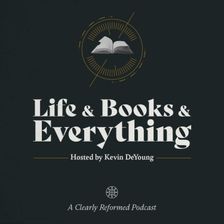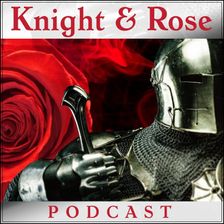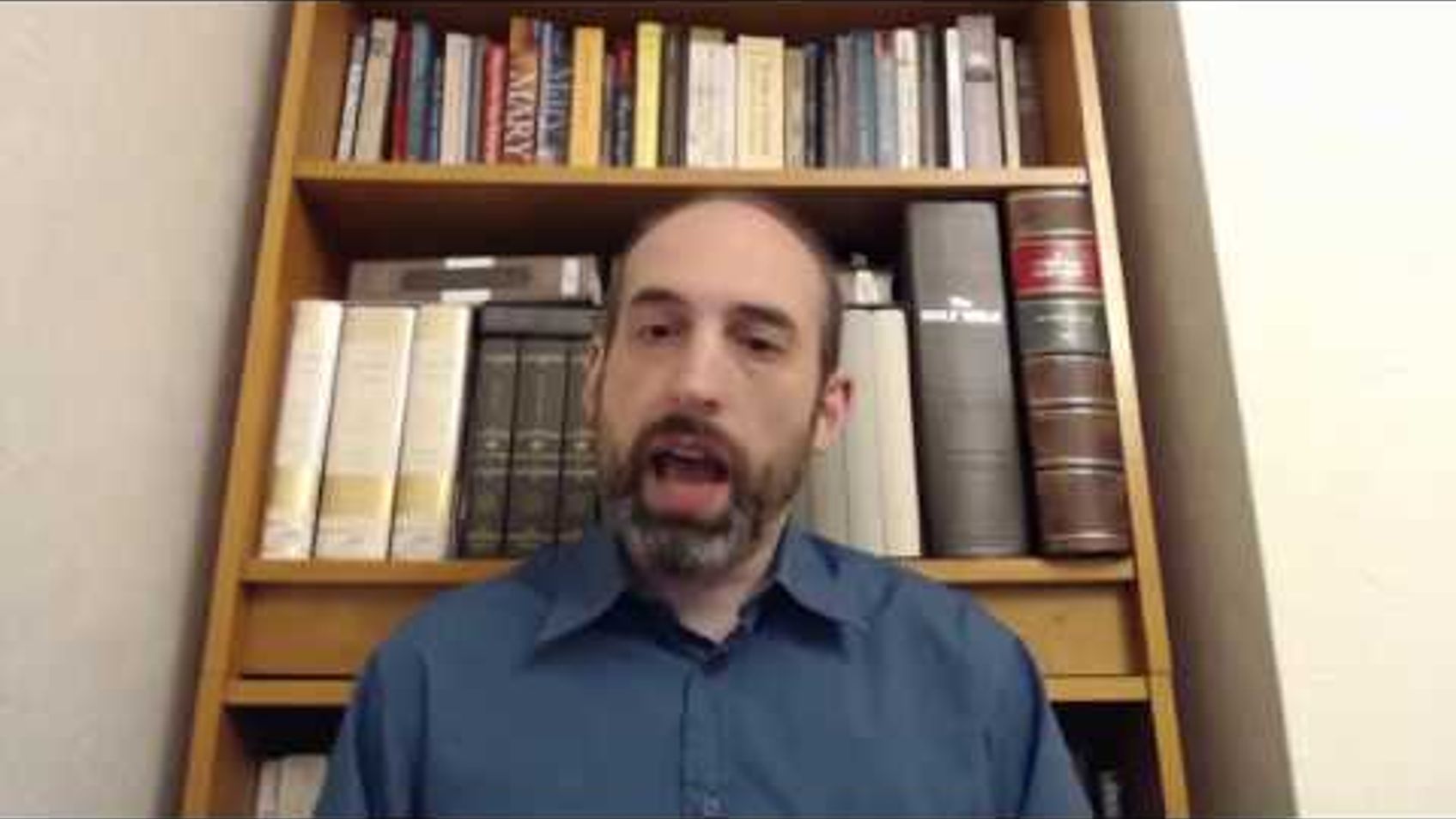The Family of Abraham: Part 28—Judah and Tamar

Today, I discuss Genesis 38 and the story of Judah and Tamar.
Within my discussion, I mention the following article by Jeffrey Geoghegan on sheepshearing: https://poj.peeters-leuven.be/content.php?url=article&id=3189028&journal_code=BIB. I also mention Stewart Fleming's stimulating exploration of connections between the Tamar and Ruth stories: https://famousfox.org/2017/07/22/the-tamar-and-ruth-narratives-considered-intertextually/.
My blog for my podcasts and videos is found here: https://adversariapodcast.com/. You can see transcripts of my videos here: https://adversariapodcast.com/list-of-videos-and-podcasts/.
If you have any questions, you can leave them on my Curious Cat account: https://curiouscat.me/zugzwanged.
If you have enjoyed these talks, please tell your friends and consider supporting me on Patreon: https://www.patreon.com/zugzwanged. You can also support me using my PayPal account: https://bit.ly/2RLaUcB.
The audio of all of my videos is available on my Soundcloud account: https://soundcloud.com/alastairadversaria. You can also listen to the audio of these episodes on iTunes: https://itunes.apple.com/gb/podcast/alastairs-adversaria/id1416351035?mt=2.
More From Alastair Roberts
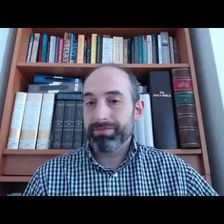
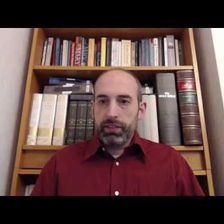
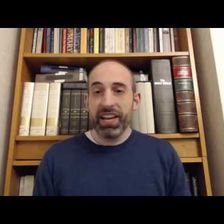
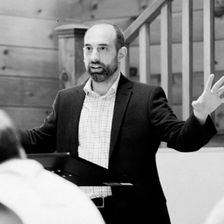
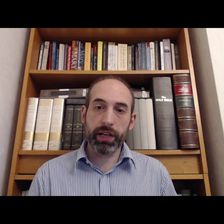

More on OpenTheo






